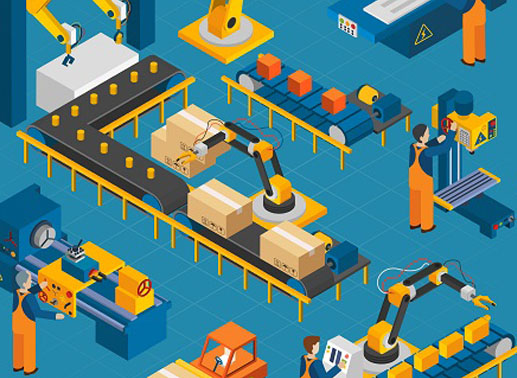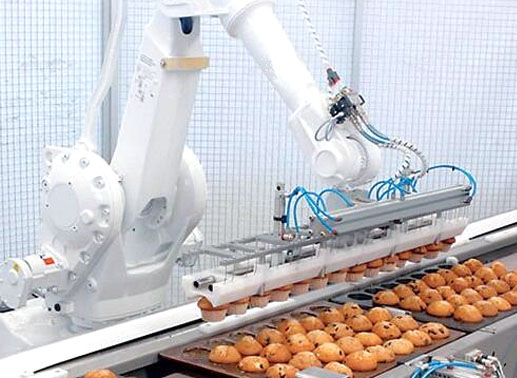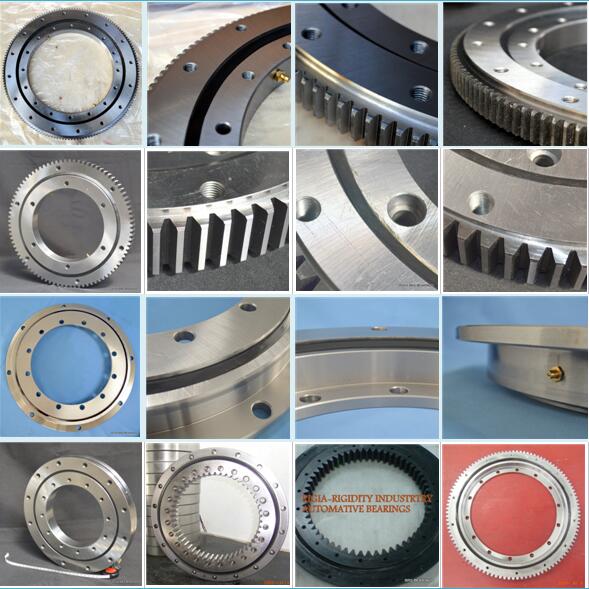Robots Bearings Applied in Food Industry
In recent years, the use of robot intelligent production has become one of the trends in the food industry. Robots bearings applied in food industry are also becoming popular. At present, the robots that can be applied to food production include processing robots, sorting robots, packaging robots, palletizing robots, etc. As the name suggests, food processing robots are mostly used in food processing, sorting robots are mostly used in sorting, packaging robots are responsible for packaging, and palletizing robots are responsible for palletizing. The frequently used robot bearings include crossed roller bearings, harmonic reducer bearings, and special bearings.

Requirements for robots bearings applied in food industry
According to the insiders, in the fields of sorting, packaging, palletizing, etc., the maturity of domestic robot technology is already quite high. But in the field of food processing, not only are there fewer types of robots, but their technology maturity is not high. As we all know, the food industry tends to be diversified, and the food production process has become more complicated and elaborate. Therefore, in the face of such refined production and processing, domestic robot technology still has obvious shortcomings.
At the same time, due to the complexity and variability of food processing, when designing robots, manufacturers must not only ensure that it can be produced, but also take into account a variety of environmental factors. For exsample, ensuring that the equipment can function well at a temperature between 0 ° C and 50 ° C . In addition, when robots produce food, meeting high-quality hygiene standards for food production is also an aspect that cannot be ignored. Therefore, the robot bearings used in the food processing industry have higher requirements on their materials and working temperatures.
Advantages of intelligent production in the food industry
What are the significant advantages of robots instead of manual production? The first is the saving of human resource costs and the reduction of labor costs. Secondly, the mechanized operation can ensure the smoothness of the production process supervision. In addition, the safety of robot production is also higher, which can replace some manual dangerous processes.

At present, with the support of intelligent technology, robots can assist or replace part of human work. The scope of applications in the field of human life production continues to expand. According to a robot industry report released by a research institution, 2019. The scale of China's robot market has reached about 8.68 billion US dollars. The average growth rate from 2014 to 2019 has reached 20.9%. It is not difficult to find that the growth rate of the robot industry is very fast. Therefore, for the bearing industry, robot bearings will be a promising market in the future.

